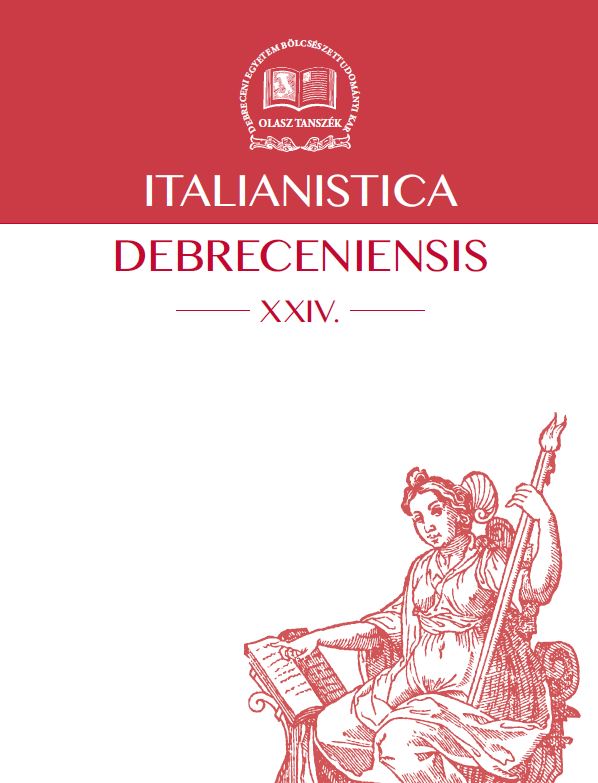Sardinia between legend and reality: 'Sa female accabadora', the one who gives the good death, in the images and words of some Sardinian authors
Author
View
Keywords
License

This work is licensed under a Creative Commons Attribution 4.0 International License.
How To Cite
Abstract
The term accabadora refers to a woman entrusted with the task of facilitating the passing of the dying people. She killed for pity, called by the families of the patients to relieve their sufferings on their own deathbed. Basically, she practiced a sort of ante litteram euthanasia. But that carried out by the woman was also a necessary action for the survival of relatives who, most of the time, did not have the necessary resources to alleviate the sufferings of the kinsmen. Furthermore, in small towns, the doctor was often several days away on horseback. While the accabadora took life away, on the other hand, she gave it back, helping the women of her community to give birth. Everyone in the village knew the activity of these women but all of them were silent. They were convinced that the work of the accabadora was a meritorious work because it took the burden of putting an end to the sufferings of the patient. They implicitly recognized in it a social utility. After outlining the figure of 'sa fèmmina practica', this report analyses some works by Sardinian authors who are interested in it. Above all, we will mention the novel by Michela Murgia, Accabadora (Campiello prize 2010); the film by Enrico Pau, L'accabadora; the novels L’ultima agabbadòra by Sebastiano Depperu and L'agabbadora. La morte invocata by Giovanni Murineddu; the short film Deu ci sia by Gianluca Tarditi, winner of the 2011 Golden Globe at 48th New York Film Festival; Ho visto agire s’accabadora by Dolores Turchi; Eutanasia ante litteram in Sardegna. Sa femmina accabadora by Alessandro Bucarelli and Carlo Lubrano and S’accabadora e la sacralità del femminino of Maria Antonella Arras.

 https://doi.org/10.34102/italdeb/2018/4662
https://doi.org/10.34102/italdeb/2018/4662